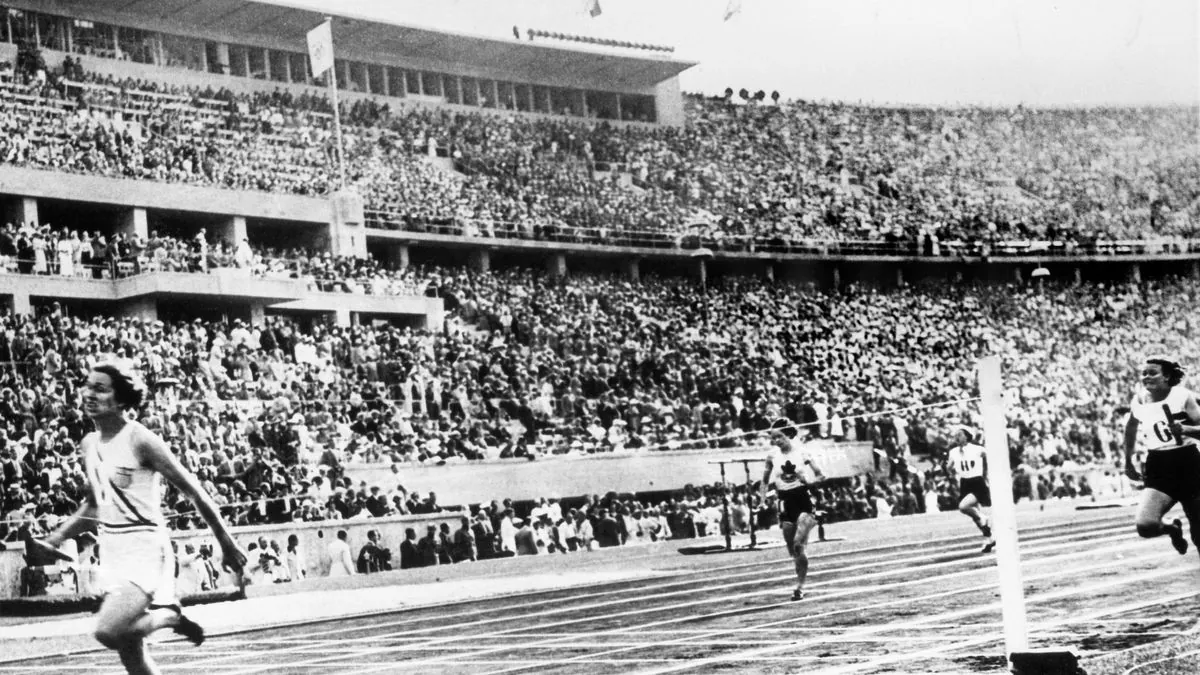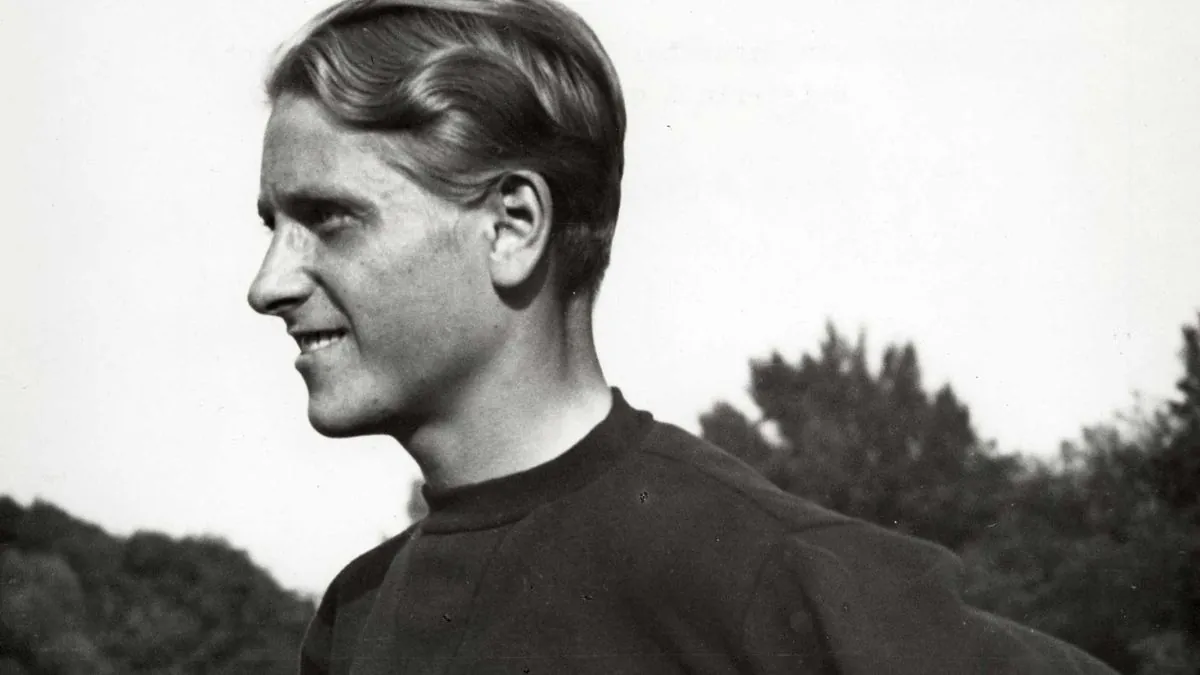Transgender Athletes: From 1930s Acceptance to Modern Scrutiny
A new book explores the history of transgender athletes in sports, revealing surprising acceptance in the 1930s and the origins of current gender testing policies rooted in questionable politics.

In 1935, Zdenek Koubek faced a pivotal moment as he entered his Prague office, presenting as his authentic male self for the first time. This experience, common to many transgender individuals, was uniquely public for Koubek due to intense media coverage. His story is one of many chronicled in Michael Waters' book "The Other Olympians: Fascism, Queerness, and the Making of Modern Sports," set to be published in June 2024.
Koubek's journey highlights the complex history of gender in sports. Just a year earlier, he had won gold in the 800-meter event at the Women's World Games, a competition that emerged as an alternative to the Olympics from 1922 to 1934. This victory, however, left Koubek conflicted about his gender identity and place in women's sports.

The book delves into the stories of athletes who, by today's standards, would be considered intersex or transmasculine. Interestingly, media reports from the 1930s suggest a surprisingly accepting attitude towards gender fluidity in society. However, sports officials of the time were determined to enforce strict gender boundaries.
"It was just a small handful of officials who felt threatened by the idea that athletes could transition, then were like, 'Oh, we have to do something about it.'"
The 1936 Berlin Olympics marked a turning point, as officials began embracing sex testing in elite sports. This shift was largely driven by two influential figures: American Avery Brundage and Swede Sigfrid Edstrom. Both eventually became Presidents of the International Olympic Committee (IOC), with their policies on gender in sports still influencing today's norms.
Waters' research reveals that current gender testing practices in sports were not inevitable. The history of queer athletes in sports is non-linear, with progress and setbacks along the way. Today, nearly 89 years after Koubek's experience, transgender athletes face varying policies across different sports organizations.
For instance, World Rugby banned transgender women from elite competitions in 2020, while other sports have adopted different approaches. The IOC released new guidelines on transgender athlete participation in 2021, allowing each international federation to set its own rules.
The book also touches on the political nature of sports and gender policies. As Waters notes, "We can see the direct line between what happened in 1936 and what we have today." This connection underscores the lasting impact of decisions made decades ago on current debates surrounding gender in sports.
"The Other Olympians" provides valuable historical context for understanding modern controversies in sports, reminding us that the intersection of gender, politics, and athletics has a long and complex history that continues to shape the world of sports today.


































